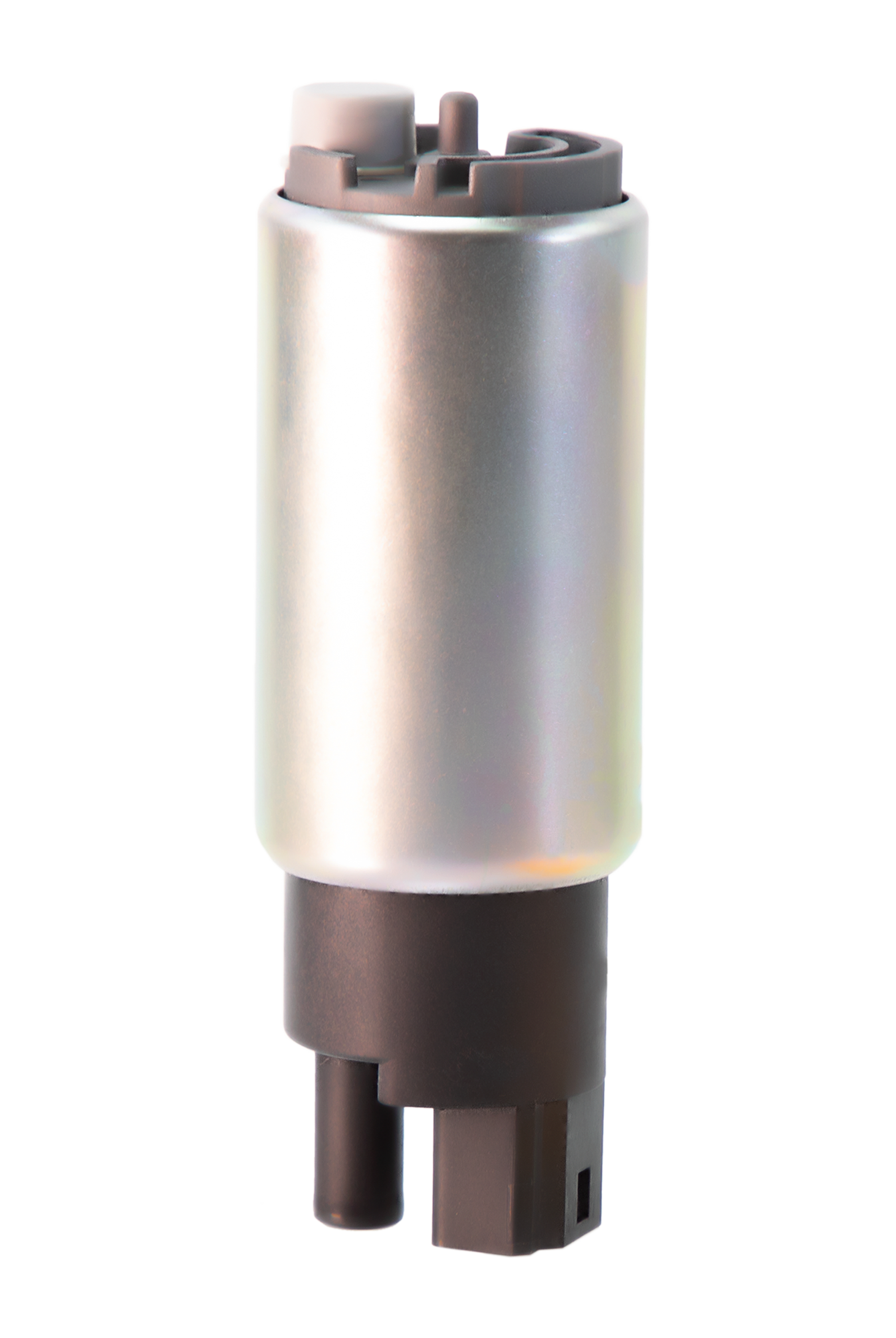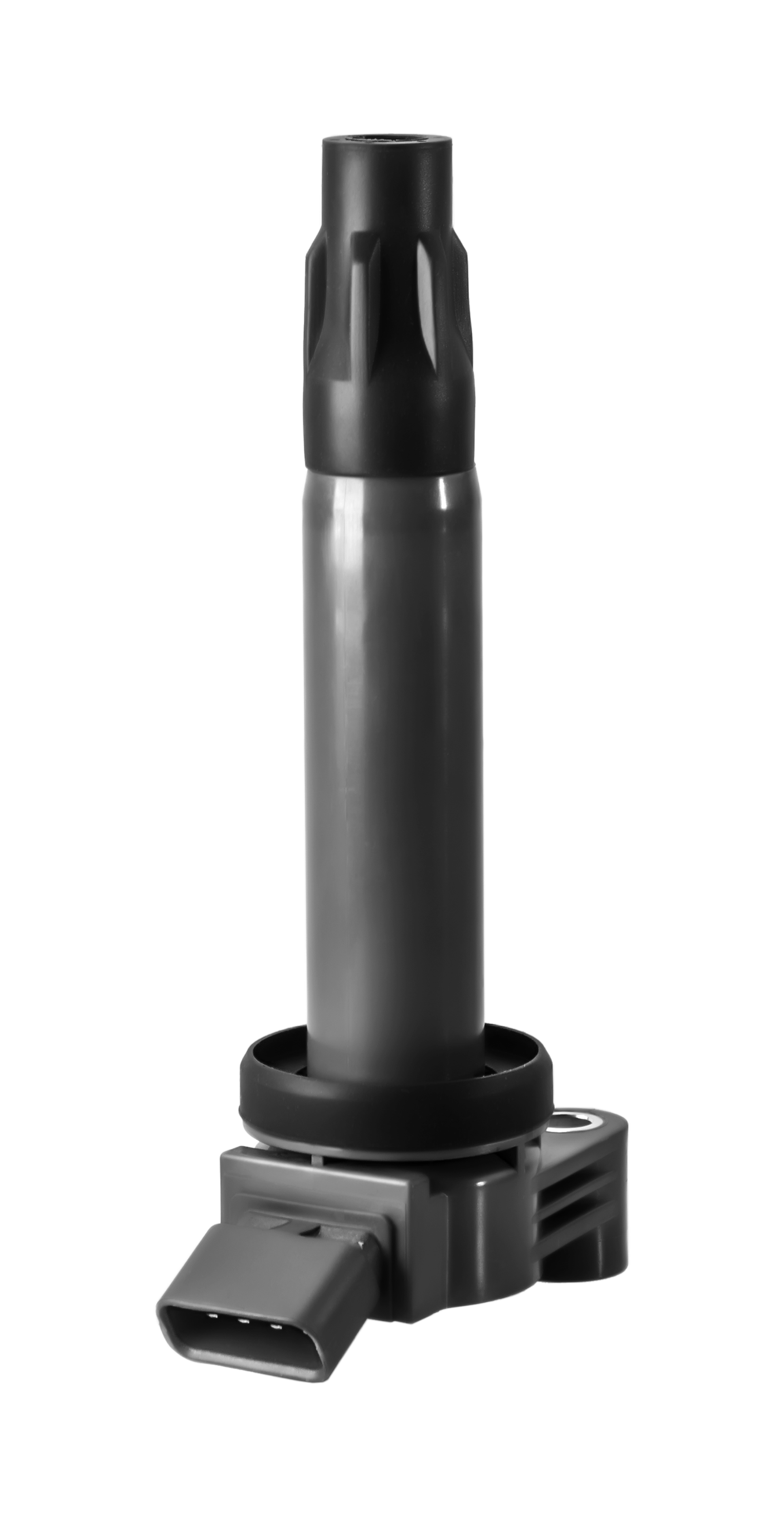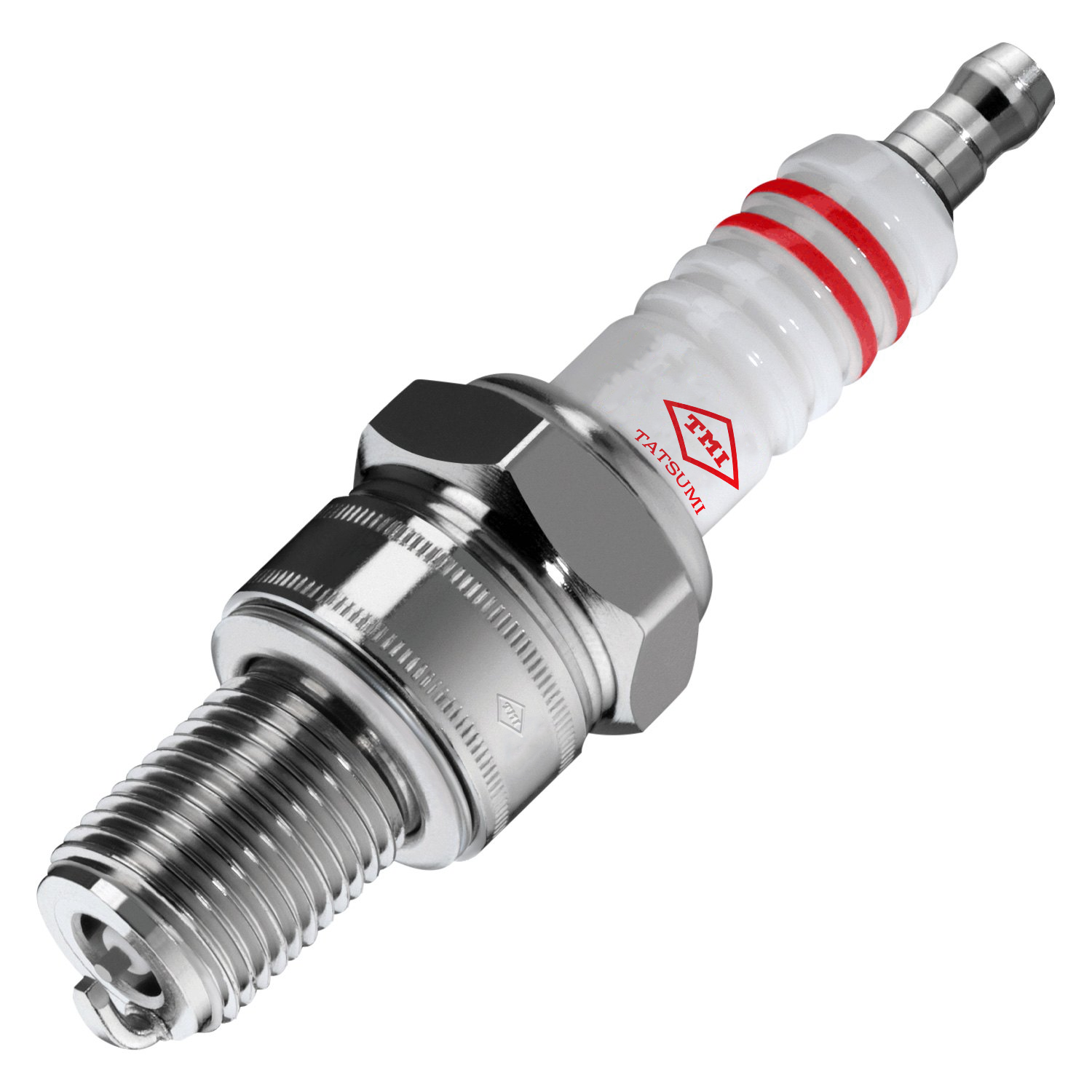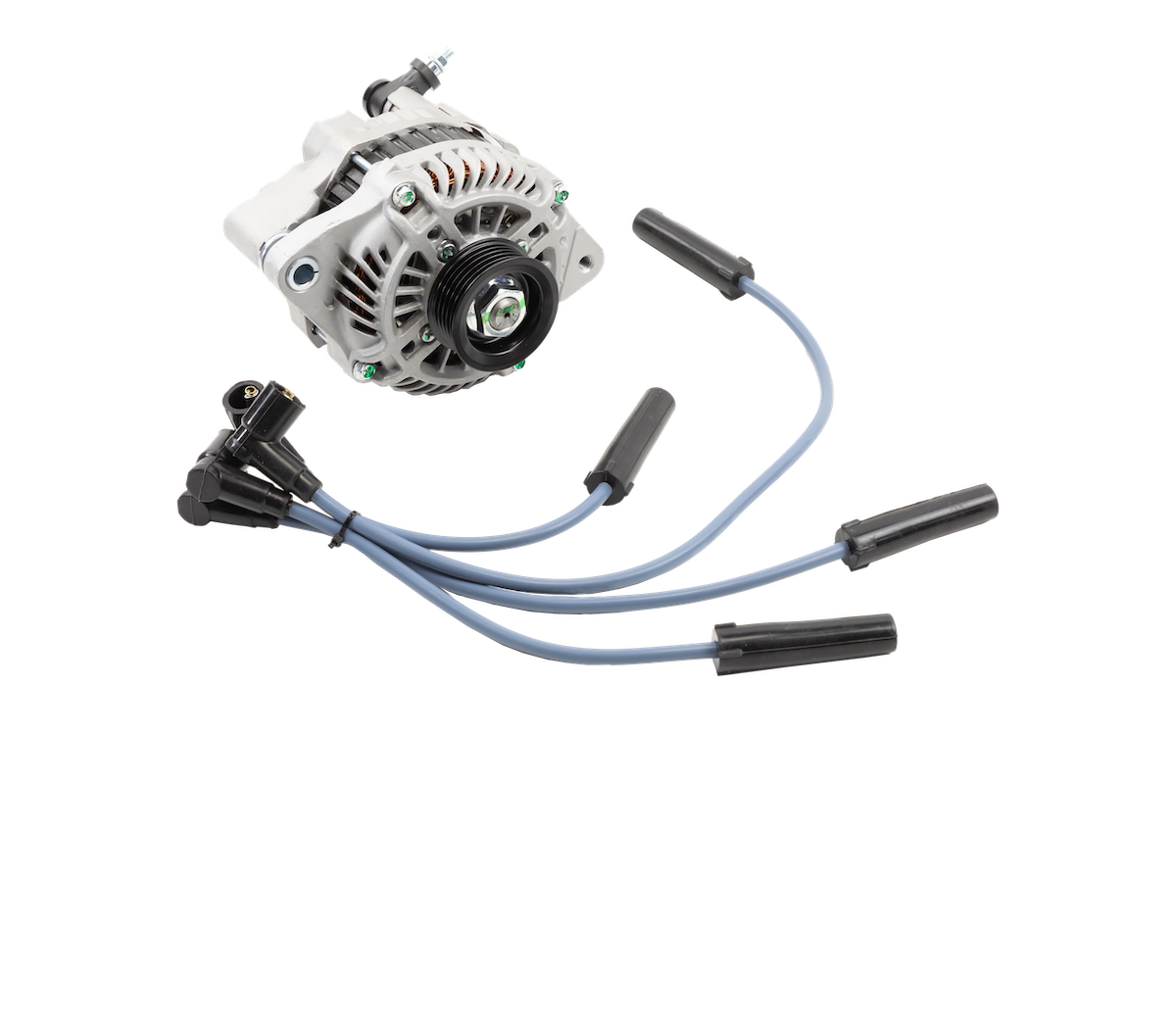
 FIND TMI TATSUMI PARTS FOR YOUR VEHICLE
FIND TMI TATSUMI PARTS FOR YOUR VEHICLE All devices and on-board systems that use electric current during operation, automotive wiring, and all current sources - an electric generator and a battery - are commonly referred to as automotive electrical equipment. The fact that all consumer devices and current sources are linked to the on-board network with only one wire (positive pole) and the second contact (negative pole) is attached directly to the vehicle's metal body is a distinguishing characteristic of the automotive electrical system.
In recent years, automobiles have become increasingly equipped with electronic control and monitoring systems, as well as other types of information systems that aid the driver or entertain passengers. Modern cars feature advanced microprocessor control for a variety of systems.
This advancement, like all progress, has advantages and disadvantages. On the one hand, the automation of many operations in the automobile has improved comfort and safety. However, some drawbacks should be noted: the requirements for the energy intensity of the car's electrical network have significantly increased, the number of failures of electrical equipment and electronic systems has significantly increased, as an obvious corollary factor in the design's complexity (up to one third of all failures in a modern car fall on various electronic components and electrical equipment).
One of the most essential components of a contemporary car's fuel system is a device such as a fuel pump. Fuel flowed to the engine by gravity on the early vehicles, but the tank had to be positioned above the engine, which was cumbersome and raised the car's total center of gravity (which negatively affected its stability). When the gasoline tank is placed below the engine (usually under the car's bottom, in the back), fuel must be pushed or sucked into the line for it to flow - this is exactly what the fuel pump does.
Mechanical and more sophisticated electrical gasoline pumps are also frequently utilized. Mechanical pumps are generally powered directly by the engine, which is why they are found in the engine compartment, and they generate a vacuum in the fuel line, allowing fuel to be drawn in from the gas tank. Electric fuel pumps pressurize the gasoline line and are generally found directly in the car's gas tank.
As a result, the primary function of the fuel pump is to provide continuous fuel delivery to the car's engine plant while maintaining the nominal pressure in the gas line. When the gasoline pump malfunctions, the automobile engine loses its ability to start (or continue) working.
TMI TATSUMI gasoline pumps meet or exceed OE standards, ensuring efficient, dependable, and trouble-free performance. The well-thought-out design enables a rapid start and a secure exit from the operational mode. The use of high-quality materials ensures that our pumps stay completely functioning even when the ambient temperature changes, as well as their long-term durability.

To create a spark in the engine cylinders and ignite the fuel-air combination, high voltage pulses on the spark plugs must be created with enough energy for the discharge to break down the spark gap between the electrodes. In a contemporary automobile, one or more ignition coils are utilized to overcome this problem.
If the ignition coil fails, it does not create a powerful enough high voltage impulse, and spark discharge on the spark plug is not possible. The fuel mixture in this cylinder (or all cylinders) will not ignite without a spark. The engine will not start if the faulty coil is used to pulse all spark plugs. If only one cylinder has such a coil, the engine will lose power, its operation will become unstable, and the amount of unburned gasoline vapors in the exhaust gases will rise (as indicated by the gas analyzer).
The contemporary design of the TMI TATSUMI ignition coils allows for the formation of a strong magnetic field and, as a result, the ideal output voltage values to give a high spark energy. The coil components' outstanding chemical, mechanical, and thermal stability assures their high efficiency and long life.
The molding procedure in a vacuum atmosphere allows for the elimination of cavities in the bodies of the ignition coils. All OE standards are followed to guarantee that our ignition coils fit perfectly in their mounting positions.

The spark plug is a highly specialized component whose task is to transfer voltage to the electrode gap and to ignite the air-fuel mixture in gasoline engines with the spark. For smooth and maximum efficient operation of the engine, sparking must be 100% reliable. A misfire can lead to serious consequences, up to the failure of the catalyst. In addition, the spark must occur at a precisely defined moment, which occurs shortly before the piston reaches top dead center and compression reaches its maximum. Premature or too late ignition timing reduces engine efficiency and ultimately leads to increased fuel consumption and increased exhaust emissions. The TMI Tatsumi spark plug range includes the most common types of spark plugs: standard nickel, spark plugs with a V-groove on the center electrode, spark plugs that use electrodes containing iridium and iridium-platinum alloy, multi-electrode spark plugs.
TMI Tatsumi spark plugs have high power for maximum engine performance and efficiency, which ensures the smooth running of the vehicle. V-groove spark plugs are very efficient despite their simple working principle. A V-groove is located on the center electrode, which causes a spark to occur at its outer edge, where the air-fuel mixture ignites much more easily. The V-groove also reduces the voltage required to generate a spark.
Due to the usage of iridium and platinum precious metal alloys in the production of TMI Tatsumi spark plugs, which are extremely resistant to spark erosion, TMI Tatsumi iridium and iridium / platinum spark plugs are distinguished by a long period of their operation, up to 120,000 kilometers of a car run. The platinum plate on the electrode of the iridium / platinum spark plugs ensures the reduction of the load on the ignition coil and the optimal combustion of the air-fuel mixture. These types of spark plugs guarantee consistent spark plug power throughout its lifetime, even under the most severe conditions.
TMI Tatsumi multi-electrode spark plugs are equipped with additional side electrodes. This design reduces wear on the individual electrodes, thereby significantly increasing the life of the part. This type of spark plugs perform its functions flawlessly up to 60,000 km.

-
OE qualityOE quality
Our products are manufactured in state-of-the-art factories that supply conveyor belts to leading car manufacturers.
- - Careful selection of materials and components
- - Quality control at all stages of production
- - Product testing in our laboratories
-
Wide range ofWide range of
More than 15,000 articles of premium car components applicable to a wide variety of car modifications.
-
Product availabilityProduct availability
- - Stable availability and regular replenishment of goods in all warehouses
- - An extensive distribution network
- - 100% availability in our distribution warehouses
- - Instant and error-free order processing
-
Warranty 24 monthsWarranty 24 months
By purchasing our products, the buyer can return them within two years after the identification of a manufacturing defect. Learn more about the warranty.
-
360 customer support˚360 customer support˚
For us, the client always comes first, so we offer you:
- - Customer service 24/7
- - Hotline for technical support
- - Up-to-date catalogs and post-sales support
-
Fair pricesFair prices
Premium quality at an unbeatable price.
We are constantly improving production and optimizing logistics processes in order to offer our customers the best price.






